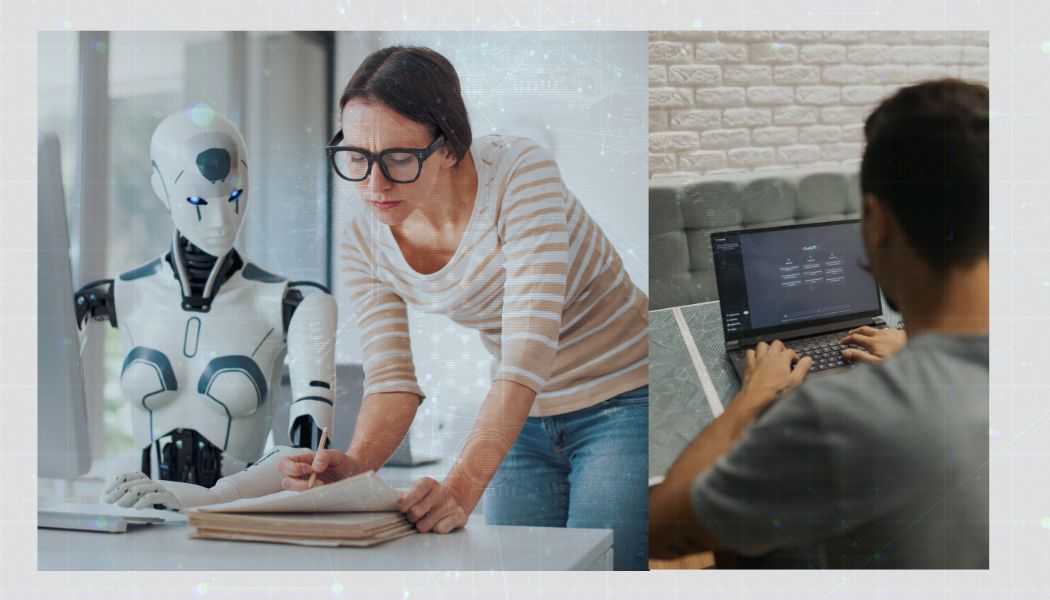Over the years, artificial intelligence has accelerated fastly in its potential and capabilities. From language generation to image identification and automatic driving features, AI tools consistently came up with new technological advancements. But as convenient as today’s AI tools are, they often demand one critical situation: huge amounts of labelled data. Manually tagging millions of images, audio clips, or sentences is not only expensive but also unrealistic for many real-world scenarios.
That’s where self-supervised learning (SSL) comes in—a cutting-edge approach that's shifting how AI models learn, taking cues from the way humans process and understand the world.
What is Self-Supervised Learning?
Self-supervised learning is a machine learning paradigm where models learn from unlabelled data by creating their own supervision signals. Instead of depending on human annotations, the AI generates tasks from raw data and learns by solving them.
Think of it like this: when you read a paragraph with a missing word, your brain automatically tries to fill in the blank based on context. SSL uses a similar approach—training models to predict missing parts of data or understand relationships between segments.
Why Does This Matter?
The promise of self-supervised learning is huge. Here’s why researchers and tech giants are investing heavily in it:
1. No Need for Labelled Data
Labelled datasets are time-consuming and expensive to build. SSL taps into the abundance of unlabelled data—text, images, video, and audio—available online or in enterprise systems.
2. Closer to Human Learning
Children don’t need thousands of examples to recognise a dog. They learn through experience, observation, and interaction. SSL mimics this ability, bringing us one step closer to human-like generalisation in machines.
3. Boosting Low-Resource Domains
In many languages, scientific fields, or niche industries, there aren’t large labelled datasets available. SSL opens the door to creating powerful AI systems even in data-scarce environments.
Real-World Applications of Self-Supervised Learning
- Healthcare
SSL is being used to analyse X-rays, MRIs, and medical records where labelled datasets are limited. It helps models learn subtle patterns without manual annotations.
- Autonomous Vehicles
Cars can process millions of hours of driving footage using SSL to understand road scenarios, detect objects, and make decisions with minimal human labelling.
- Voice Assistants
In speech recognition, SSL helps AI understand context, accents, and languages using vast amounts of raw audio data.
- Finance and Security
Detecting anomalies, fraud, or market trends from transactional data becomes more efficient when models learn patterns without predefined labels.
Challenges and Limitations
Despite its promise, SSL isn't perfect. Key challenges include:
- Task Design: Designing pretext tasks (like predicting a masked word) that lead to useful representations is still an art.
- Computational Resources: SSL often requires large-scale computing to train models effectively.
- Evaluation: It’s harder to evaluate the model’s learning progress when there’s no labelled benchmark to compare with.
Conclusion
Self-supervised learning represents a fundamental shift in how we train AI systems. It’s already powering some of the most advanced models today—like OpenAI's GPT series, Meta’s DINOv2 for computer vision, and Google's PaLM.
As research advances, we may soon see a world where AI learns more like we do—not by rote memorisation or repetitive tagging, but through intuition, prediction, and interaction with the world.
In essence, self-supervised learning isn't just a technique—it's a philosophical step toward building machines that truly understand.
Alok K Singh
Co-founder, SNVA Group

